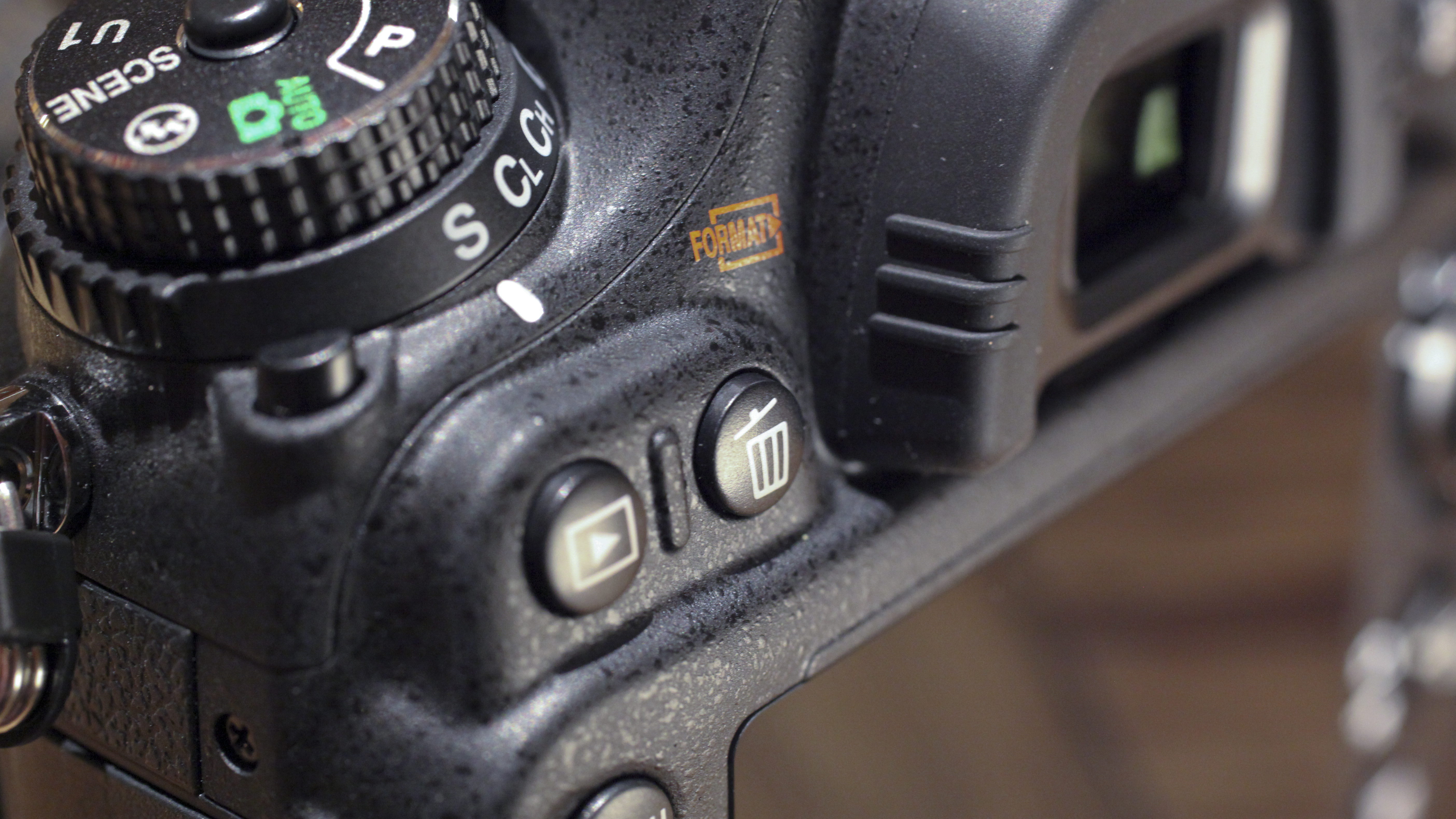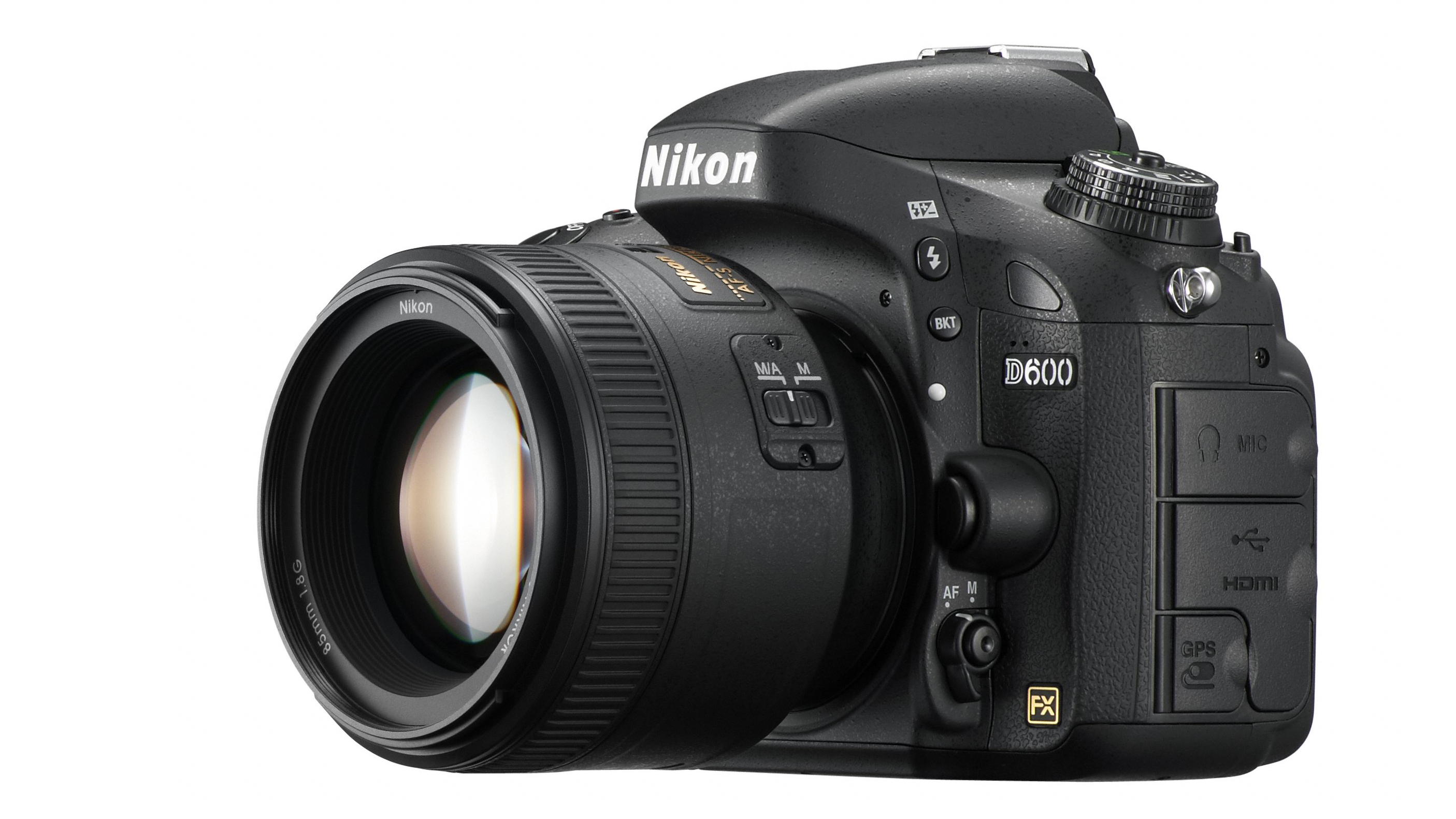Why you can trust TechRadar
Anyone who's handled a Nikon D7000 will feel at home picking up Nikon's latest full-frame camera. The Nikon D600 is deliberately designed to be as user-friendly as the Nikon D7000, and shares an almost identical interface.
In the hand, there's little to separate the two cameras, with the Nikon D600 being just 9mm wider, 8mm taller and 5mm deeper. The extra 10 per cent weight difference is barely noticeable, making the Nikon D600 a very comfortable DSLR to carry.
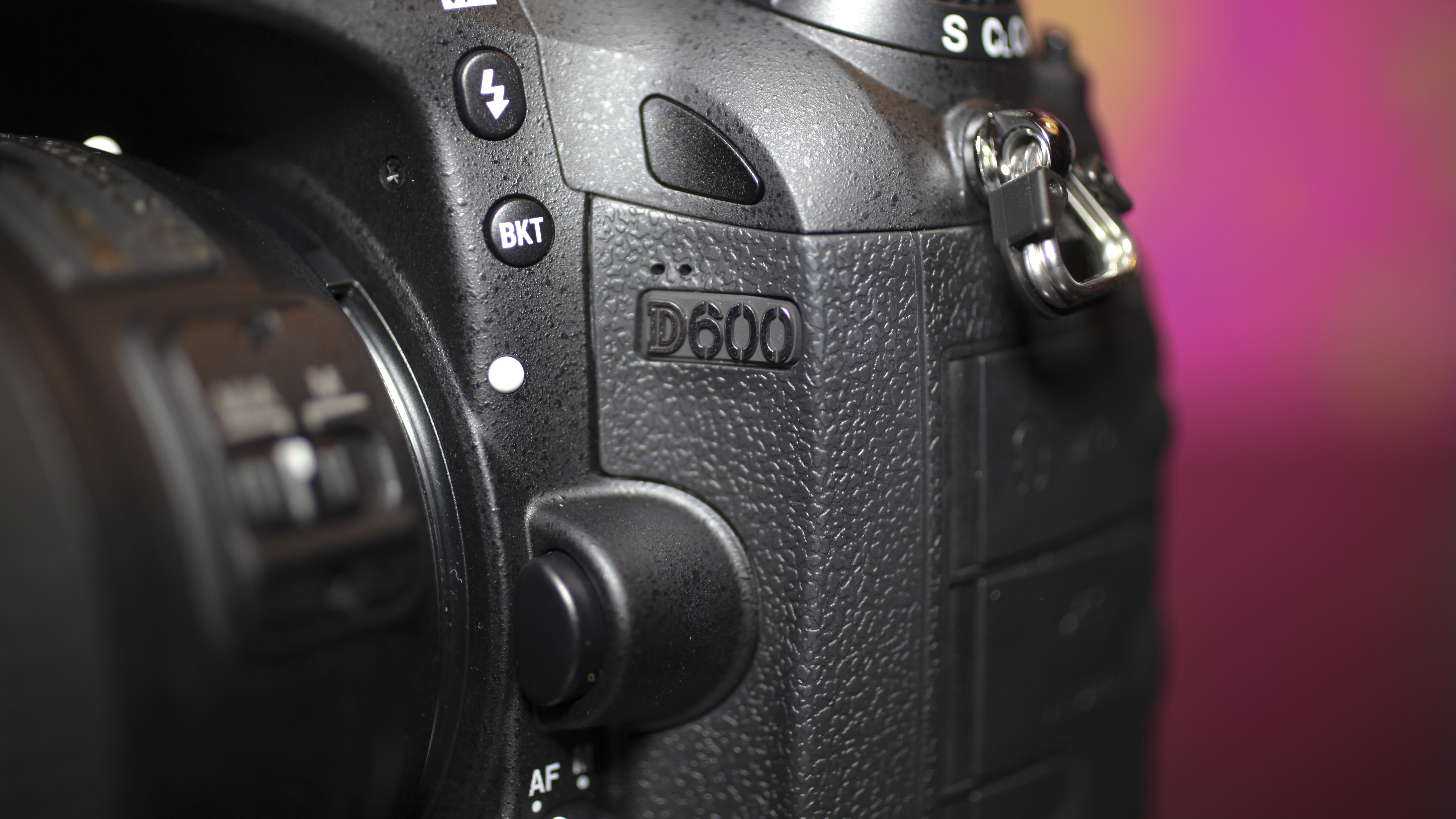
Thankfully this light weight doesn't come at the expense of reduced build quality. The camera feels as rugged as the Nikon D800 with its part-magnesium construction, and is weather sealed to the same degree against moisture and dust. Casing materials are up to Nikon's usual high standard, with tactile rubberised inserts aiding grip levels.
Shrinking a full-frame body to this extent while cramming in so many controls can have a knock-on effect on ergonomics, but the Nikon D600 remains a comfortable camera to shoot with. Both front and thumb grips are large enough for those with bigger hands, and all major buttons fall within easy reach.
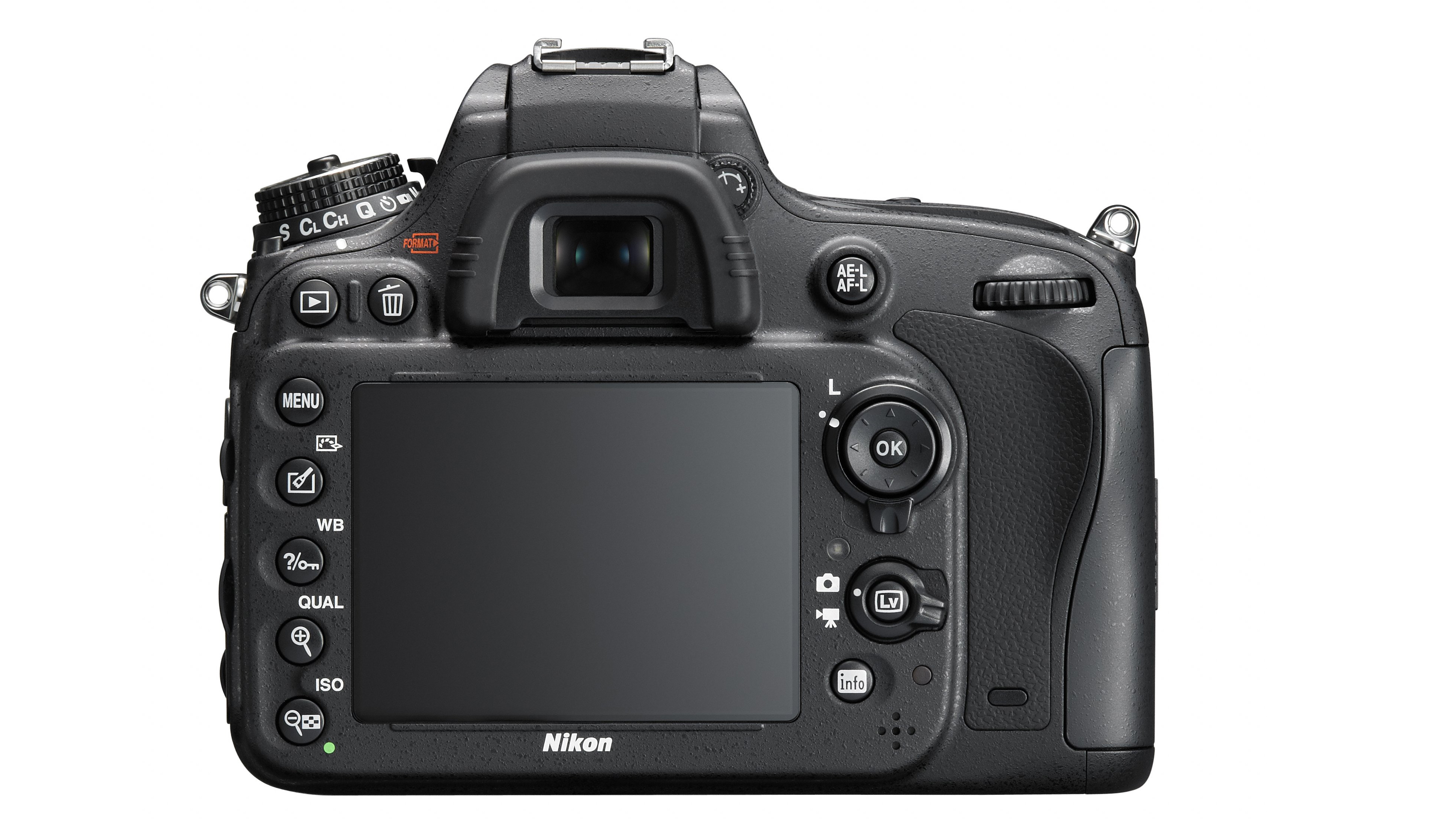
Dominating the Nikon D600's rear panel is the same 3.2-inch, 921,000-dot LCD screen that appeared in the Nikon D800. It features the same automatic brightness adjustment and excellent viewing angles, making for a reliably accurate monitor when reviewing in the field.
Left of the LCD screen is the main menu button and controls for adjusting white balance, image quality and sensitivity (ISO), with each button having an alternate function when reviewing images.
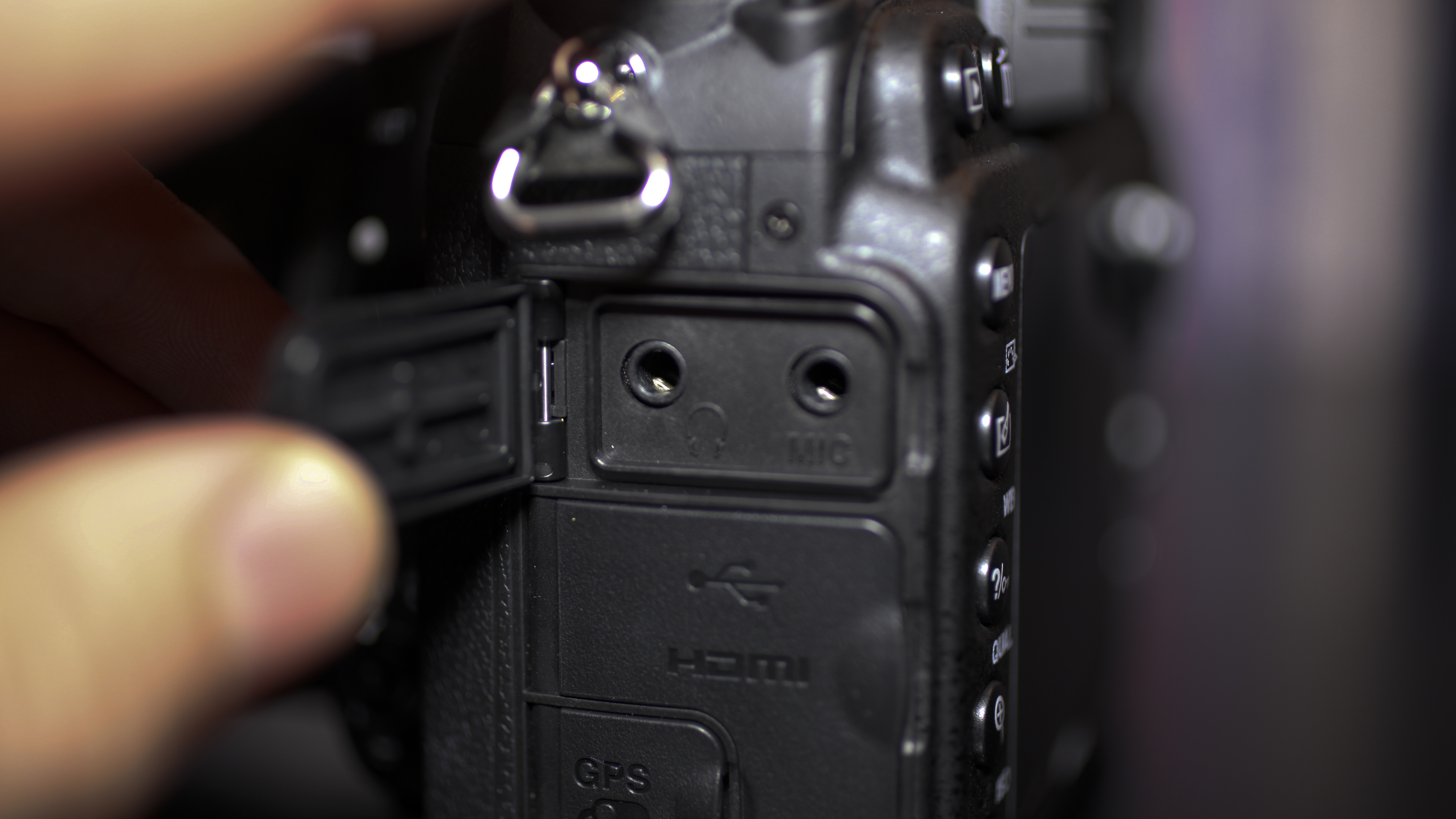
The Nikon D600 also contains a fifth button in this area for quick switching between Picture Control colour saturation presets.
To the right of the LCD screen sits a standard four-way control pad for navigating the menu system. It's easy enough to use, but is slightly on the small side, and Canon users may miss the fluidity of a rear control dial.
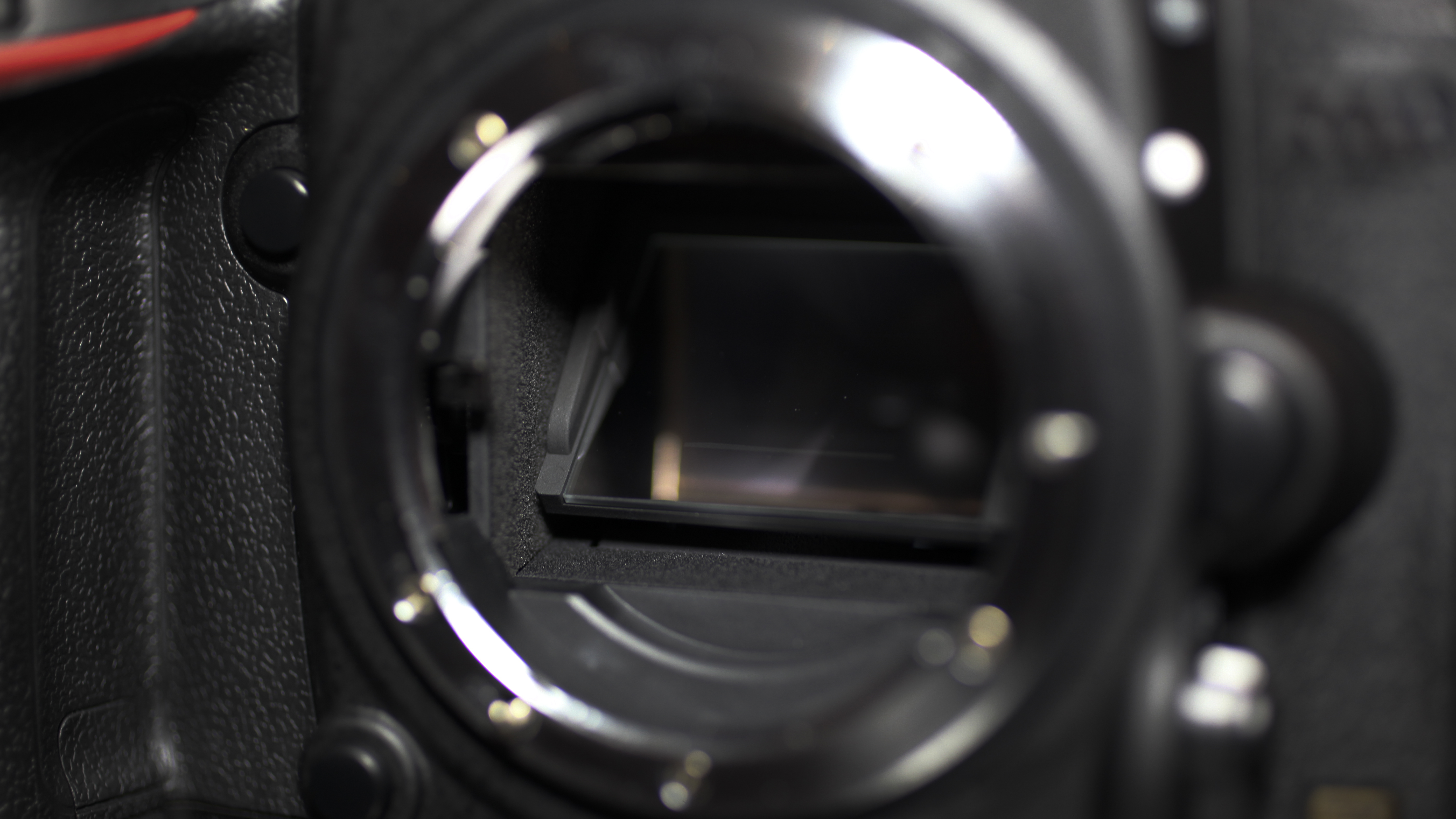
Below the navigation pad is a switch for choosing between still or video capture, which surrounds the Live View selector button.
Atop the Nikon D600's body is a mode dial layout straight from the Nikon D7000, though now with a central locking button.
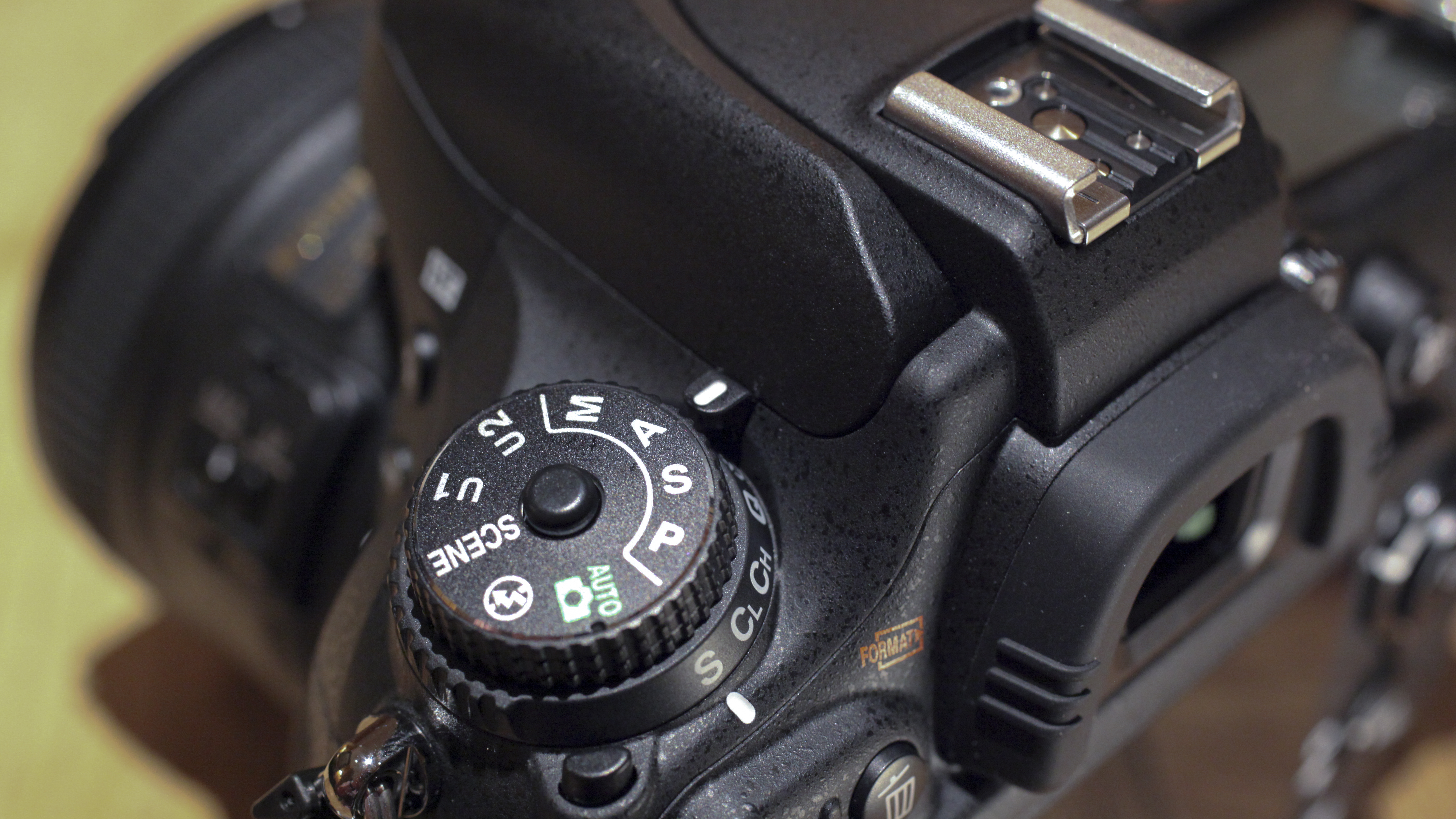
This means you get two customisable shooting preset modes to rival Canon's custom settings on the EOS 5D Mark II and EOS 5D Mark III. Beneath the main mode dial is a secondary ring for selecting shutter release options such as single, continuous or remote shooting.
The Nikon D600 is equipped with a good array of output sockets, including headphone and external microphone ports, plus the usual USB and HDMI connectors. There's also a dedicated accessory socket for connecting a wireless adaptor, remote shutter release or GPS module.
